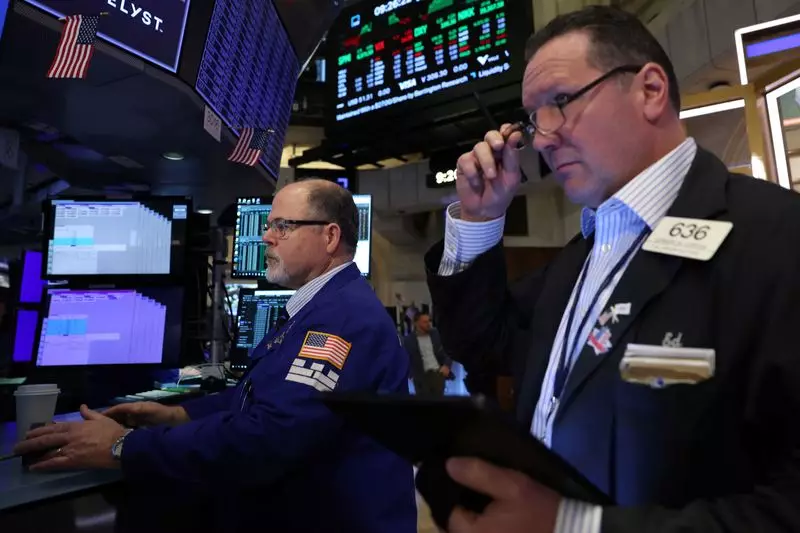The world of finance is dynamic, with stock markets often reflecting the economic pulse of a nation. Recently, U.S. stock index futures showed slight improvements as investors prepared for additional economic insights and potential shifts in policy under the incoming administration of Donald Trump. This unique intersection of politics and economics prompts a critical examination of current trends in the market and their implications for future performance.
As of the latest reports, futures for major U.S. indices indicated a positive start, with Dow E-minis up by 85 points and S&P 500 E-minis gaining 16.25 points. Despite these upward adjustments, Wall Street has faced challenges as 2023 began; all three major indices—namely the S&P 500, Dow, and Nasdaq—recorded a decline for four consecutive sessions. This marked a departure from typical market behavior, which usually sees an uplift during the holiday season. The Dow and S&P 500 are experiencing weekly declines exceeding 1%, while the Nasdaq has fallen by approximately 2%. Notably, technology stocks, which drove market growth in previous years, have suffered the steepest losses, compelling investors to reassess their strategies.
The incoming Trump administration brings an influx of uncertainty regarding fiscal policies. Trump’s proposals—including potential corporate tax reductions, deregulation, and tariffs—could foster corporate profitability and stimulate economic growth. However, these same proposals raise concerns about inflation and potential hindrances to monetary policy easing. As the newly-elected Congress embarks on its first session, market participants are vigilant, weighing the implications of these potential policy changes on their portfolios.
The 10-year Treasury yield hovering around 4.5% reflects the market’s apprehension regarding future interest rate movements. According to the FedWatch Tool, there is speculation regarding a 50 basis point reduction in interest rates by the Federal Reserve this year, indicating a cautious but optimistic outlook on the economy. Investors eagerly await the Institute for Supply Management’s manufacturing report for December and key employment figures slated for release next week. These pieces of data could serve as barometers for gauging economic resilience.
Despite concerns around stretched equity valuations, the prevailing sentiment among brokerages remains optimistic, anticipating another year of gains for U.S. stocks. A critical driver of this optimism is the strength of corporate earnings. Upcoming quarterly reports could significantly influence the trajectory of the market. As seen with companies like Tesla, stock performance is inextricably linked to operational outcomes, with Tesla recently bouncing back slightly after experiencing notable declines due to disappointing delivery numbers.
Such volatility underscores the importance of investor sentiment in shaping market dynamics. In a different context, U.S. Steel faced an 8.2% post-market slide following news that the Biden administration would block a crucial merger with Nippon Steel, a decision that could sideline significant strategic maneuvers for the company.
Attention is also directed towards automotive sector sales, with December figures expected to provide insights into consumer behavior as the year progresses. As the markets reopen following the New Year’s holiday, trading volumes may appear subdued, which could impact price movement and liquidity.
The current state of U.S. stock markets reflects a complex interplay of economic indicators, political transitions, and corporate performance. Investors navigate a landscape fraught with uncertainty while maintaining cautious optimism bolstered by past performances and potential future gains. As economic data emerges and new policies unfold, stakeholders will need to remain agile, adapting their strategies to the evolving market environment. The coming weeks will undoubtedly provide critical information for informed investment decisions as we embark on another year of market challenges and opportunities.

